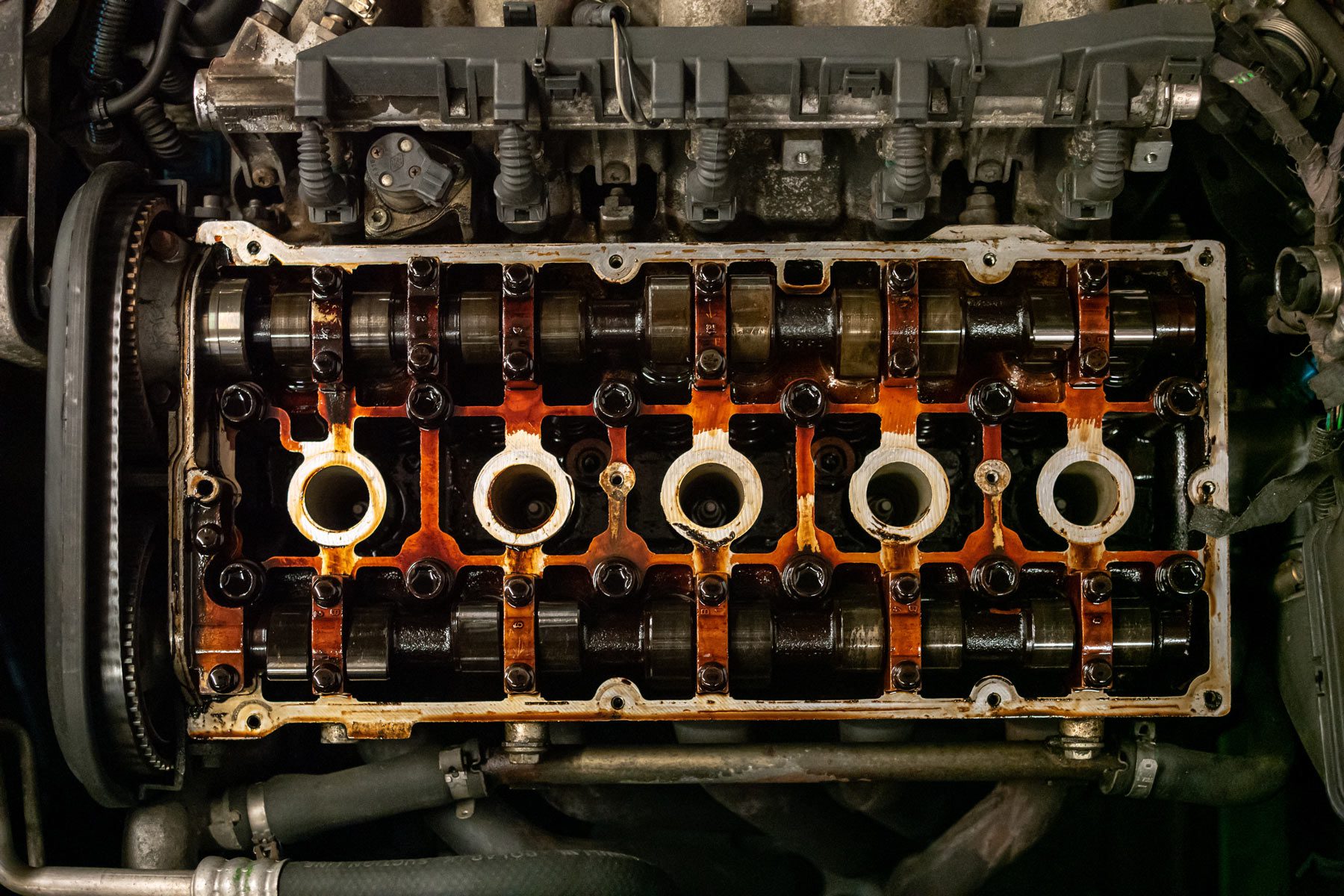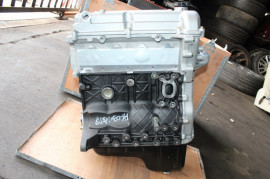Opel Corsa Engine: Efficiency and Integrity for Your Car
Opel Corsa Engine: Efficiency and Integrity for Your Car
Blog Article
Exploring the Inner Workings of a Compact Lorry's Engine System
As drivers, we often consider granted the elaborate procedures that occur within the confines of our vehicle's engine system. The compact yet complicated machinery that moves us ahead is a wonder of engineering precision and coordination. From the regulated surges in the burning chamber to the thorough timing of fuel shot, every part plays a critical function in the smooth operation of the engine. In this expedition of a compact car's engine system, we will decipher the inner operations of this mechanical harmony, clarifying the mysteries that drive us forward on our daily trips.
Combustion Process Introduction
The burning process in a compact vehicle's engine system is a crucial system that successfully converts fuel into energy to power the automobile. This procedure occurs within the burning chamber of the engine, where gas and air mix, stir up, and create regulated surges. The burning process contains four major phases: intake, exhaust, power, and compression.
During the intake stage, the piston relocates downward, attracting a mix of air and gas right into the burning chamber. The following stage, compression, entails the piston relocating upwards, compressing the air-fuel combination to boost its potency. Ultimately, in the power stage, the trigger plug ignites the compressed mix, leading to a quick growth of gases that compels the piston back down. This down activity generates the power needed to drive the vehicle. Finally, in the exhaust stage, the scorched gases are expelled from the burning chamber via the exhaust valve, preparing the chamber for the following cycle. This cyclic burning process is basic to the operation of a portable vehicle's engine system, guaranteeing effective power conversion for propulsion.
Piston and Cyndrical Tube Interaction

The piston's specific fit within the cylinder is crucial for preserving optimum compression and preventing power loss during combustion. Limited clearances in between the piston and cyndrical tube walls make sure effective sealing, permitting the piston to relocate smoothly without permitting gases to leak past. Correct lubrication is likewise important to decrease friction and use in between these elements, boosting long life and performance.
Moreover, the layout and materials used in manufacturing the piston and cylinder effect engine efficiency and sturdiness. Modern engines often employ lightweight yet sturdy materials like aluminum alloys for pistons and cyndrical tube liners to decrease inertia and enhance thermal performance. On the whole, the harmonious interaction between the piston and cyndrical tube is basic to the engine's performance and general efficiency.
Gas Shot System Capability
Gas injection systems in small automobile engines play a critical duty navigate to these guys in specifically providing gas to the combustion chamber for efficient and regulated ignition. The gas shot system functions by injecting gas into the burning chamber at the ideal moment throughout the engine's procedure (opel corsa engine). This precise timing makes certain that the gas mixes uniformly with the air for proper combustion, resulting in enhanced gas efficiency and lowered discharges
There are largely two kinds of fuel shot systems used in small automobile engines: port gas injection (PFI) and straight gas shot (DFI) PFI systems inject gas right into the consumption port before the intake valve, while DFI systems inject fuel directly right into the burning chamber. Both systems have their benefits, with DFI providing much better fuel atomization and PFI supplying an extra cost-efficient option.
Recognizing Engine Air Conditioning Mechanisms
Reliable operation of a compact automobile's engine relies greatly on the effectiveness of its cooling devices. The air conditioning system in a portable lorry normally is composed of several elements functioning with each other to regulate the engine temperature. Understanding these engine air conditioning mechanisms is important for maintaining the performance and longevity of a compact lorry's engine system.

Exhaust System Elements Explained
The ideal functioning of a compact car's engine air conditioning devices depends on a complementary system known as the exhaust system, which consists of numerous vital parts for making sure reliable discharges and engine performance. The exhaust manifold collects exhaust gases from the engine's paths and cylinders them to the catalytic converter.
One vital part of the exhaust system is the oxygen sensor, which keeps track of the oxygen levels in the exhaust gases to aid regulate gas usage and make sure optimal engine efficiency. opel corsa engine. Furthermore, the resonator may be existing in some exhaust systems to reduce noise degrees. In general, the exhaust system plays a crucial duty in maintaining engine efficiency, minimizing unsafe emissions, and making certain a quieter driving experience for portable automobile proprietors

Verdict
Finally, the small automobile's engine system is a complex mix of parts that interact to facilitate the burning process, convert gas right into energy, and expel waste gases. Understanding the inner workings of the engine system, consisting of the piston and click reference cylinder communication, fuel shot system, engine cooling mechanisms, and exhaust system parts, is Visit Website crucial for preserving optimum efficiency and efficiency of the automobile.
The combustion process in a small vehicle's engine system is an important device that effectively transforms gas right into energy to power the vehicle.Gas shot systems in compact lorry engines play a critical role in precisely providing gas to the combustion chamber for effective and controlled ignition.There are primarily two types of fuel shot systems made use of in small automobile engines: port fuel injection (PFI) and direct gas injection (DFI) Recognizing these engine cooling mechanisms is important for maintaining the performance and durability of a portable car's engine system.
The optimum performance of a small car's engine air conditioning systems depends on a corresponding system known as the exhaust system, which consists of different essential elements for making sure effective emissions and engine efficiency.
Report this page